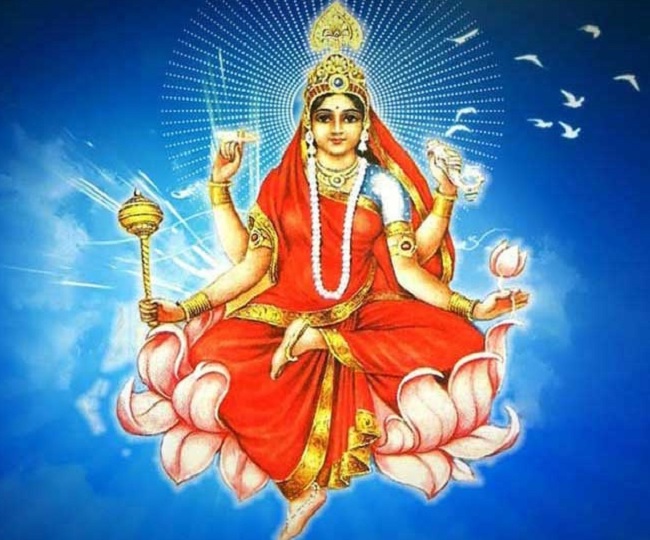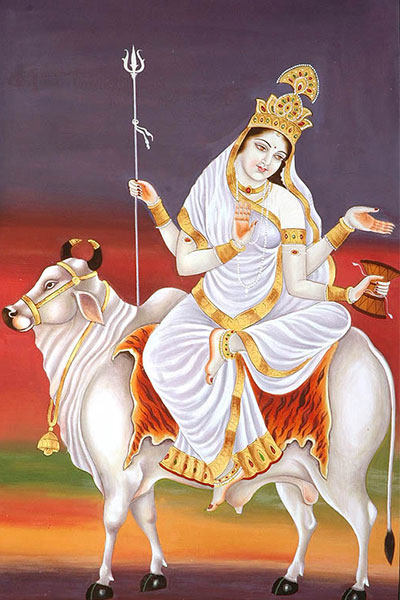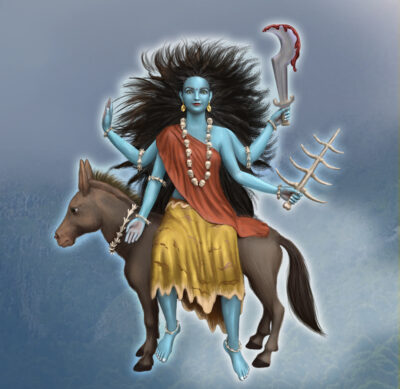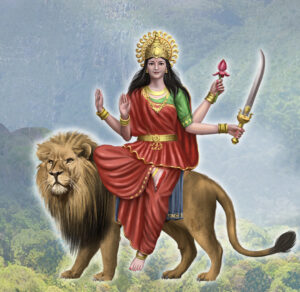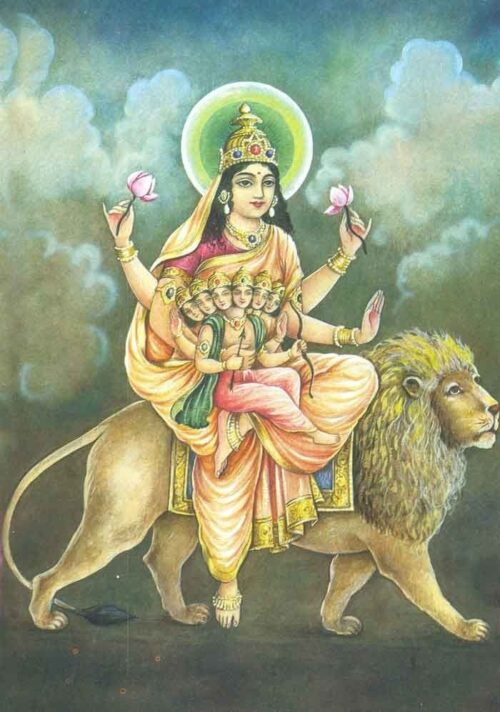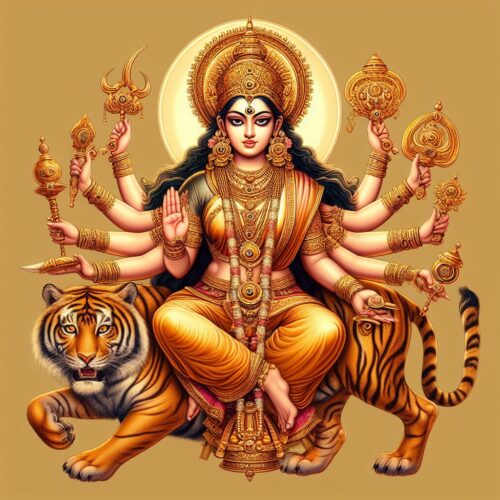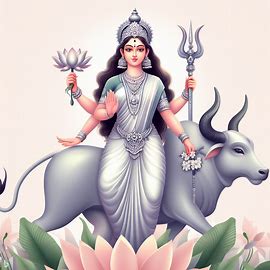Vijayadashami: Celebrating Victory and Devotion
Vijayadashami, also known as Dussehra, is a significant Hindu festival that marks the triumph of good over evil. Celebrated on the tenth day of Navaratri, this auspicious day holds great cultural and religious significance across India. One of the prominent aspects of Vijayadashami is the worship of Goddess Durga, the divine mother and embodiment of shakti (divine feminine energy). Let’s delve into the rich tapestry of Vijayadashami and the devotion directed towards the goddess during this festive occasion. The Legend…

